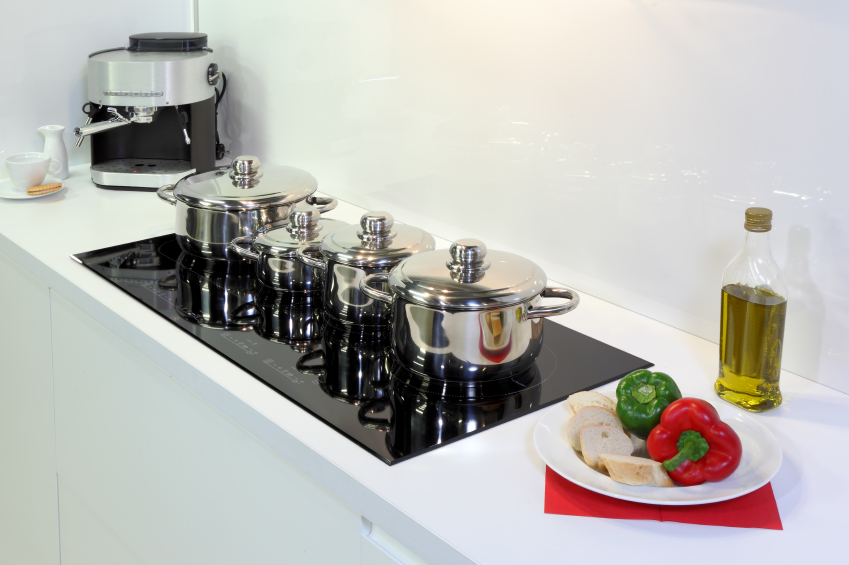As when building a dream home, by the time you’re ready for your second or third caravan you should have a very clear idea of what you want. However, before wading into a custom design process with a manufacturer, it’s important that you have a clear idea of all the areas that you will need to cover.
Role
How often will you use it? Where do you want to take it? How many people will it sleep? And if you’re going to be living in it for extended periods, what can’t you live without? These are some of the questions you need to ask yourself before you engage a manufacturer.
Budget
Any custom project starts and ends with how much money you’re able to spend on it. As you would if you were building a house, be clear from the start what your limits are. Then, as you go through the options with your manufacturer, you’ll have a clearer idea of what it is you will get for your money.
The Manufacturer
There are pros and cons to going with a big-name manufacturer. The key positives are economies of scale, warranty/after sales service and resale value. However, a smaller outfit might give you something a little different and could be more flexible in order to win your business, and you might be dealing directly with the person who is going to build it. Make sure you can access testimonials and can see and touch existing examples of their work.
Weight
Once you’ve established a budget, a key factor that will tie everything together is what weight you’ll be towing. By now, you’ll understand that , and that’s governed by your current towing vehicle or what you’re prepared to buy to tow it, and the flow-on effects of these factors. Your manufacturer will have a rough guide to how much weight you’ll be pulling based on axles and other running gear, number of berths, floor plan and fit-out.
Coupling, Rolling Gear and Suspension
You’ll want to ensure your pride and joy is running the best gear you can get. Where there’s scope to specify, ensure that your coupling, rolling gear and suspension are sourced from a reputable brand. These choices will depend on factors such as brake type, number of axles, your caravan’s mass (ATM) and .
Floor Plan
Another key factor in caravan design, the floor plan is your opportunity to create the space you’ve always wanted. Perhaps you have the budget for a slide-out wall to increase your caravan’s floor area. While manufacturers have a range of floor plans for you to choose from, yours is limited only by cost and mass.
Here’s a list of other factors and options that you need to consider in the design of your caravan:
Windows
- Size and placement.
- Double-glazing.
- Skylight
Storage
- Internal Storage.
- Tunnel boot.
- Storage boxes.
Kitchen and Bathroom
- Whitegoods.
- Washing machine.
- Toilet.
Materials and Finishes
- Benches.
- Storage.
- Upholstery.
- Flooring.
- Interior cladding.
- Insulation.
Lighting
- Lighting design and placement.
- Fittings.
- Exterior lighting.
- Energy efficiency.
Power Systems
- Batteries.
- Solar Power
- Diesel generator.
- Mains Power.
Plumbing
- Fresh water capacity.
- Greywater system.
- Hand pump/electric pump.
- Mains pressure.
Heating and Cooling
- Air conditioning.
- Space heaters.
- Diesel heating.
- Gas heating.
Gadgets and Appliances
- TV.
- Audio.
- External audio.
- Reversing camera.
- Wi-Fi.
- CB radio.
Outdoor Living
- External BBQ.
- External kitchen.
- External shower.
- Awnings and annexes.
Warranty
- Workmanship.
- Construction.
- Materials.
The key to getting what you want with custom caravans is having a clear understanding of what is right from the outset. Do your research and you’ll be well-placed to stay on budget and within weight limits.
Technology plays a big part in the modern caravan. When designing your caravan, think about how technology is changing caravan design.
Image Credit – Brett Goldsmith





